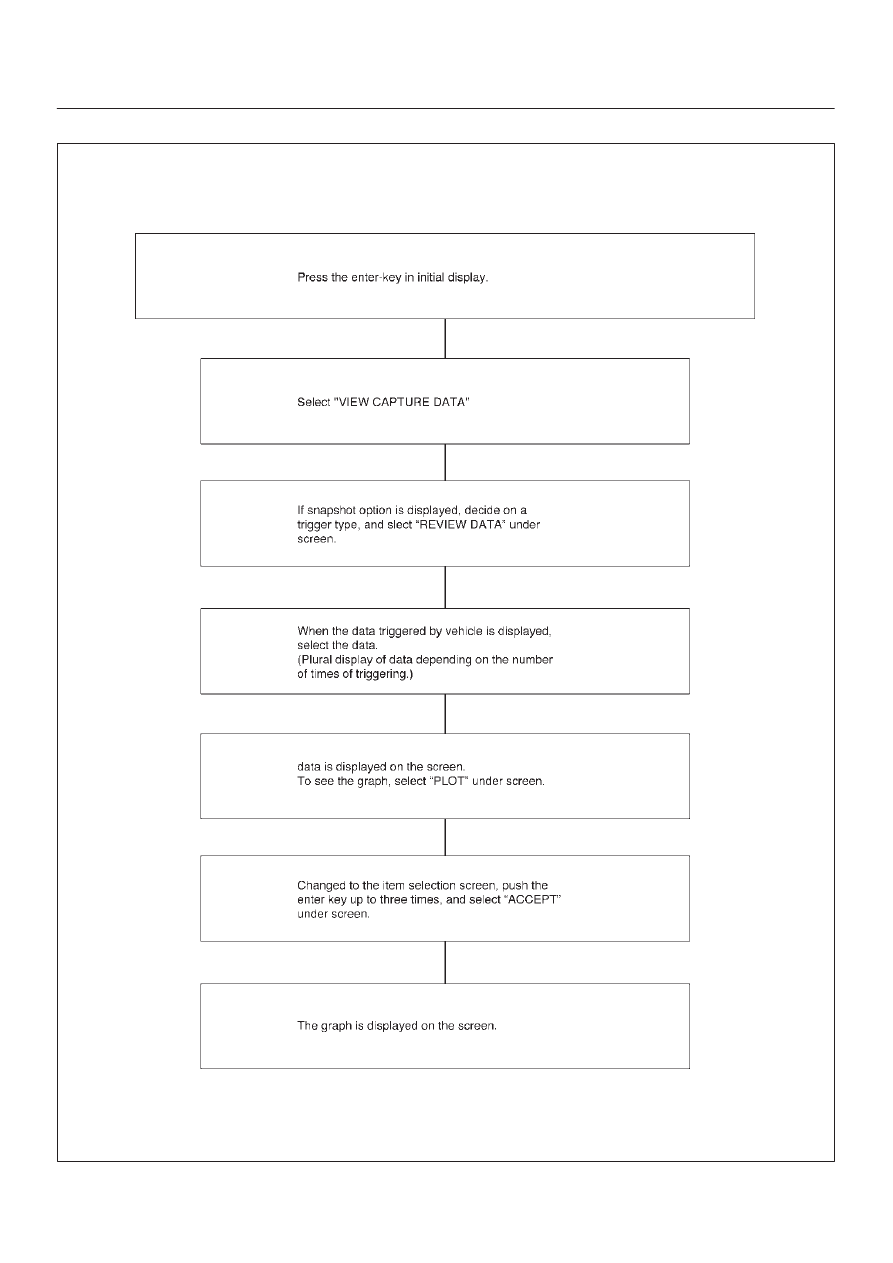Opel Frontera UE. Manual - part 187

6E1–46
X22SE 2.2L ENGINE DRIVEABILITY AND EMISSION
Flow Chart for Snapshot Replay (Plotting Graph)
060RX040
|
|
|

6E1–46 X22SE 2.2L ENGINE DRIVEABILITY AND EMISSION Flow Chart for Snapshot Replay (Plotting Graph) 060RX040 |